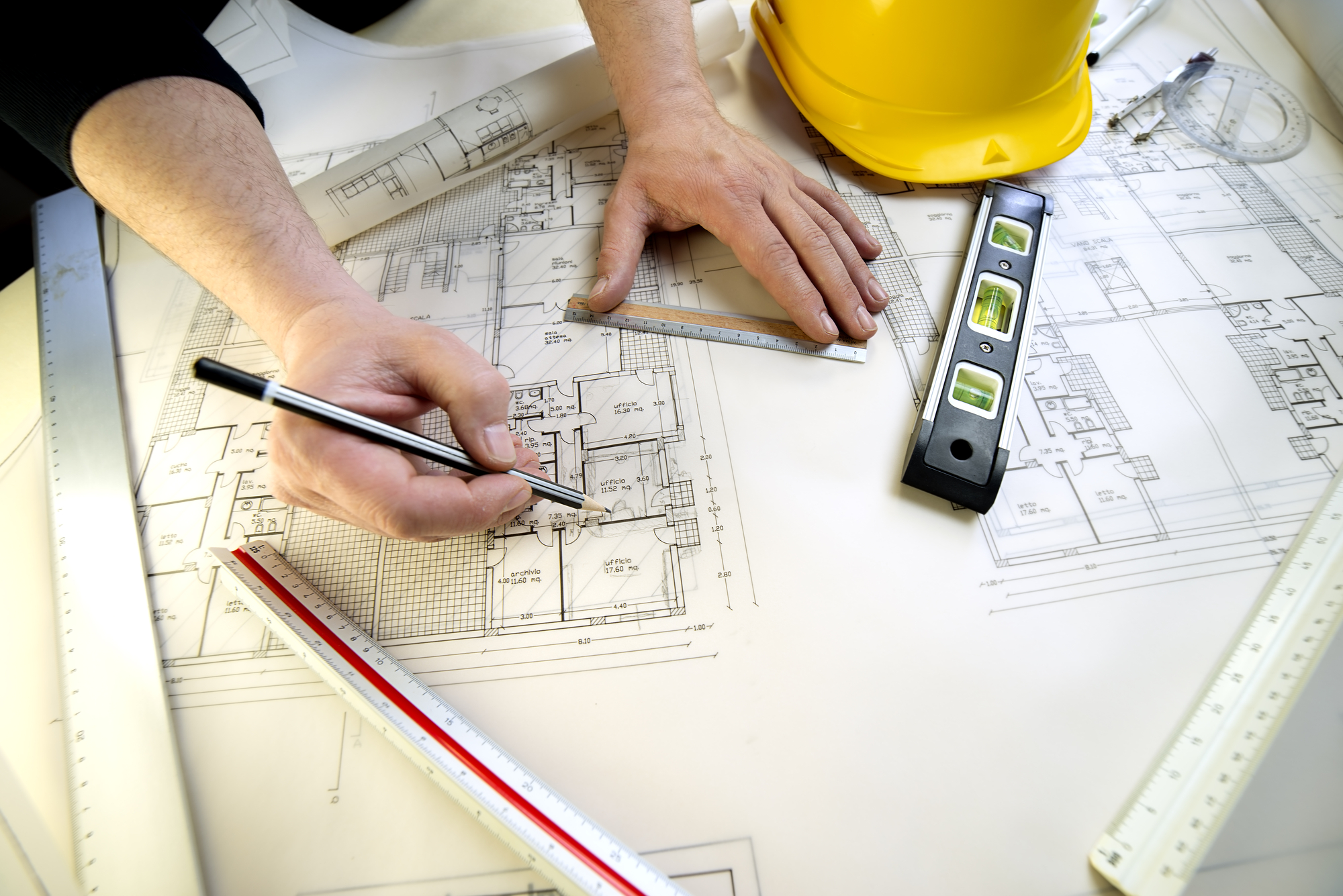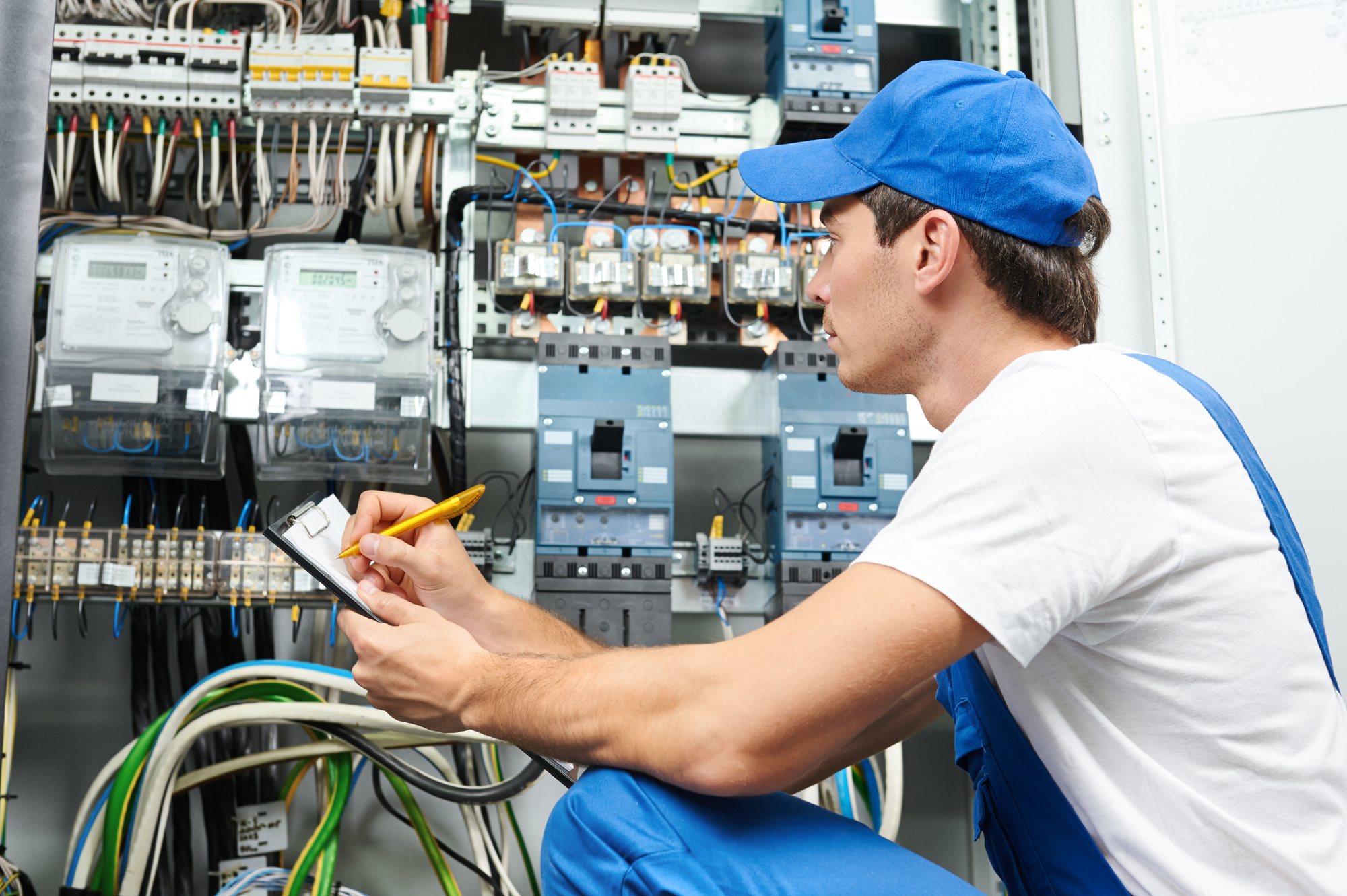Building Cabling & Electrical
Cables are only one element in a larger project, but they are a vital component in any connected construction.
In this global marketplace it’s easier than ever to open an office in another country, but being based in one country and operating in another can have a few challenges that perhaps aren’t always considered. Office buildings pose one such conundrum – they have to meet the national building regulations of the host country, but should your employees expect the same levels of construction safety as your domestic-based staff?
Cables are only one element in a larger project, but they are a vital component in any connected construction. Whether for power, data or monitoring purposes, these cables are essential to delivering the building services expected in a modern office – even more so in a ‘smart’ building. In an ideal world, using international IEC standard in specifications would eliminate cross-border differences but there’s not always an exact comparison. Instead, one of the easiest solutions, particularly when it comes to installing switchgear, is to use a cable that has near universal approval.
Tri-rated cable, so called because it is manufactured to the three approved standards of UL1015 (American), CSA 22.2 (Canadian) and BS6231 (British), is a high temperature, flame retardant flexible cable for use in switchgear, relay and instrumentation panels amongst other applications. Commonly known as panel wire, tri-rated cable has a single copper conductor ranging in size from 0.5mm2 to 240mm2, and PVC insulation. Cable standards are also being harmonized across Europe in order to create a common ground and tri-rated is no different – it is known as H05V2-K or H07V2-K depending on the cable conductor’s cross-sectional size.
If you’re constructing new premises or retrofitting an existing building and are using architects and designers, do you want them specifying materials that meet the standards you’re used to, or ones that are readily available in the local marketplace?


